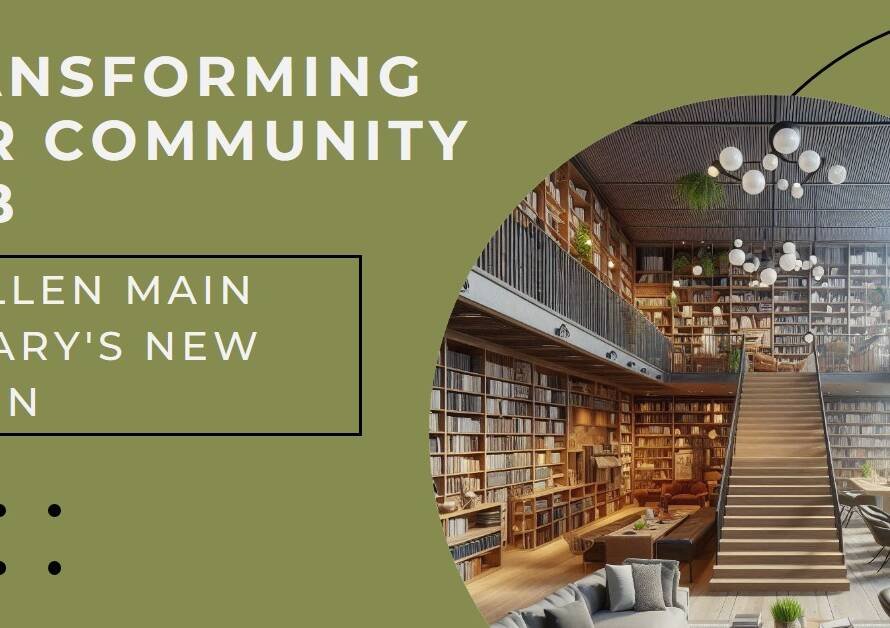
Table of Contents
- Introduction:
- Understanding the Root Causes of Homelessness:
- Designing Accessible and Affordable Housing:
- Promoting Social Inclusion and Community Engagement:
- Integrating Supportive Services and Resources:
- Designing Resilient and Sustainable Communities:
- Empowering Local Communities and Stakeholders:
- Advocating for Policy Reforms and Systemic Change:
- Conclusion:
Introduction:
Homelessness is a complex issue that plagues societies worldwide. While there are various factors contributing to homelessness, including economic disparity, lack of affordable housing, and social marginalization, architecture can play a pivotal role in addressing this humanitarian crisis. By employing innovative design solutions and community-centric approaches, architects and urban planners can contribute significantly to preventing and alleviating homelessness. In this blog post, we will explore the multifaceted ways in which architecture can serve as a tool for social change and offer sustainable solutions to combat homelessness.
Understanding the Root Causes of Homelessness:
Before delving into the role of architecture in preventing homelessness, it is crucial to understand the root causes of this pervasive issue. Homelessness often stems from a combination of economic instability, insufficient social support systems, mental health challenges, and lack of affordable housing options. Additionally, systemic inequalities and urban development policies can exacerbate homelessness by displacing vulnerable populations and perpetuating cycles of poverty. Addressing these underlying causes requires a comprehensive approach that integrates social services, policy reforms, and innovative architectural interventions.
Designing Accessible and Affordable Housing:
One of the most direct ways architecture can prevent homelessness is by designing accessible and affordable housing options for individuals and families at risk of homelessness. Traditional housing models often prioritize aesthetics and profitability over functionality and inclusivity, resulting in a scarcity of affordable housing units. Architects can challenge this status quo by prioritizing design principles that prioritize affordability, sustainability, and inclusivity. This includes adopting modular construction techniques, utilizing cost-effective materials, and optimizing space efficiency to maximize the number of housing units within a limited budget.
Promoting Social Inclusion and Community Engagement:
Beyond providing physical shelter, architecture can foster social inclusion and community engagement, which are essential elements in preventing homelessness. Public spaces and community facilities serve as vital hubs for social interaction and support networks, particularly for marginalized populations. Architects can design these spaces to be accessible, welcoming, and conducive to community bonding. Incorporating features such as communal gardens, multipurpose recreational areas, and shared amenities encourages residents to interact, collaborate, and support each other, thereby reducing social isolation and strengthening community resilience.
Integrating Supportive Services and Resources:
In addition to designing housing infrastructure, architects can collaborate with social service providers to integrate supportive services and resources directly into housing developments. Supportive housing models, which combine affordable housing with on-site support services such as healthcare, counseling, and job training, have proven to be effective in preventing homelessness and promoting long-term stability. Architects play a crucial role in designing these integrated facilities, ensuring that they are functional, user-friendly, and conducive to holistic wellness.


Designing Resilient and Sustainable Communities:
Climate change and environmental degradation pose additional challenges to vulnerable populations, including those experiencing homelessness. Architects have a responsibility to design resilient and sustainable communities that mitigate environmental risks and promote long-term resilience. This includes incorporating green infrastructure, passive design strategies, and renewable energy solutions into housing developments to reduce carbon emissions, lower utility costs, and enhance overall livability. By prioritizing environmental sustainability, architects can create healthier, more resilient communities for all residents, regardless of socioeconomic status.
Empowering Local Communities and Stakeholders:
Effective homelessness prevention requires collaboration and partnership with local communities and stakeholders, including residents, advocacy groups, government agencies, and nonprofit organizations. Architects can facilitate community engagement processes that empower local residents to actively participate in the design and decision-making process, ensuring that their voices are heard and their needs are prioritized. By fostering a sense of ownership and investment in the built environment, architects can help cultivate stronger, more resilient communities that are better equipped to address homelessness collectively.
Advocating for Policy Reforms and Systemic Change:
While architecture can make significant contributions to preventing homelessness at the local level, systemic change requires broader policy reforms and advocacy efforts at the regional, national, and international levels. Architects can leverage their expertise and influence to advocate for policies that prioritize affordable housing, equitable urban development, and social justice. This may involve lobbying policymakers, participating in public forums, and collaborating with interdisciplinary coalitions to advance progressive housing policies and address the root causes of homelessness.
Conclusion:
In conclusion, architecture has the power to prevent homelessness by addressing its underlying causes, providing accessible housing solutions, fostering social inclusion, and promoting sustainable community development. By embracing principles of affordability, inclusivity, and resilience, architects can contribute to creating a more equitable and compassionate society where everyone has access to safe, stable housing. However, addressing homelessness requires a collective effort involving architects, policymakers, community leaders, and individuals alike. Together, we can build a future where homelessness is not just a problem to be solved but a reality to be prevented.


